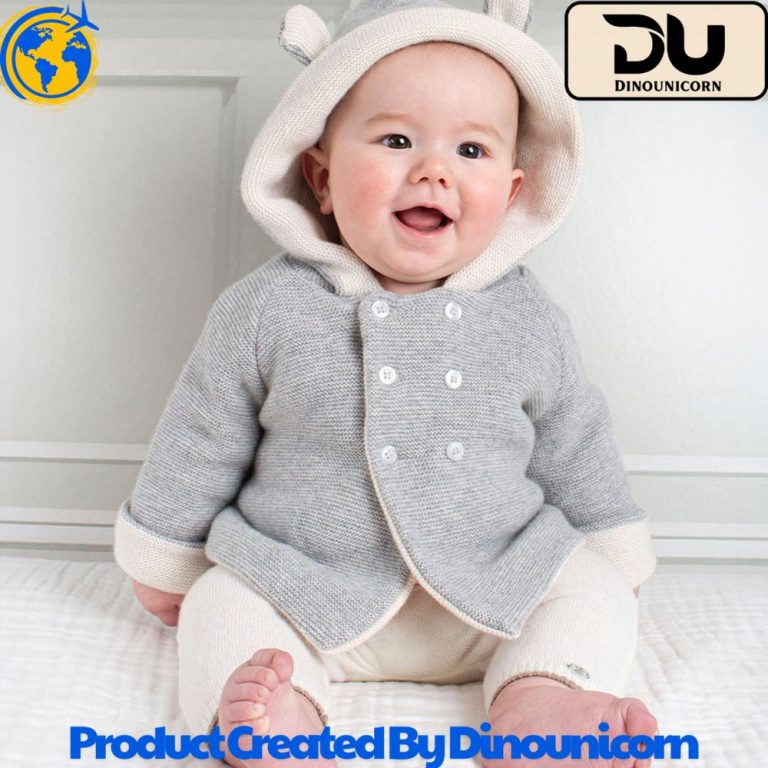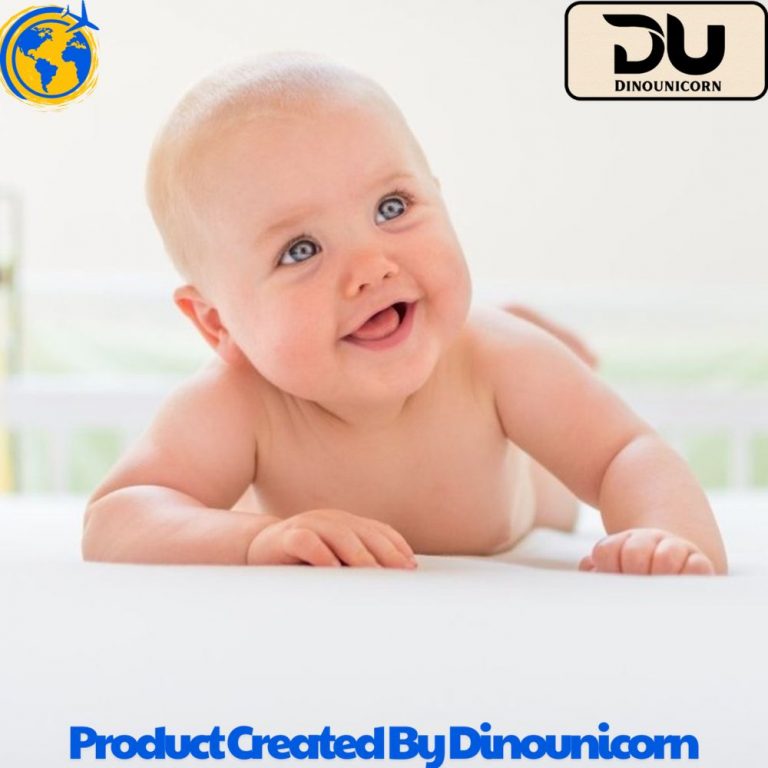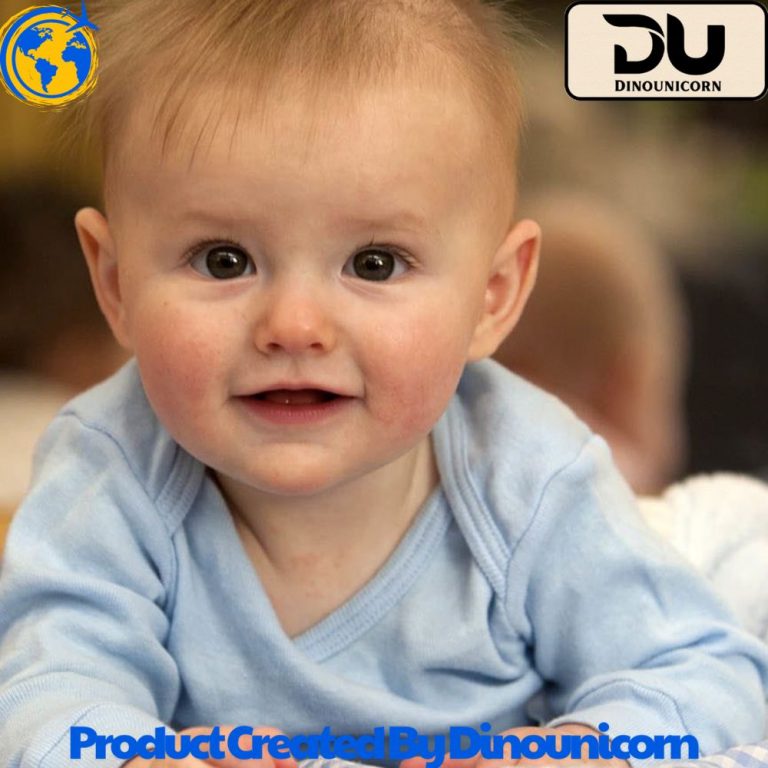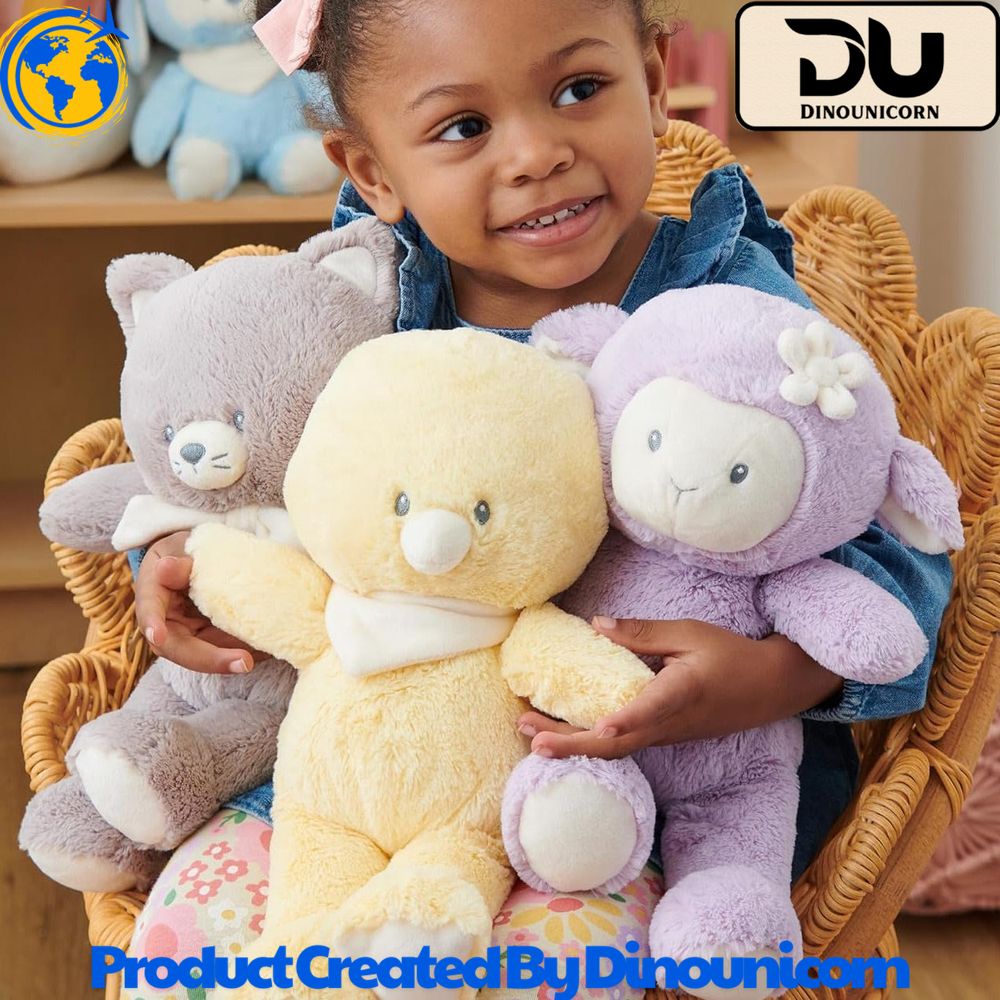Blog
What Is the Most Expensive Thing About a Baby?
What Is the Most Expensive Thing About a Baby?
Raising a baby is a joyful experience, but it also comes with significant financial responsibilities. The costs of baby gear, healthcare, and everyday necessities can quickly add up, leaving new parents wondering: What is the most expensive thing about a baby? In this article, we will break down the various costs associated with raising a baby, helping you understand where your money goes and how to plan effectively for the financial challenges of parenthood.
Understanding the Financial Cost of Raising a Baby
Overview of Baby Expenses
The total cost of raising a baby varies from family to family, but it’s generally accepted that the expenses add up quickly. From diapers to baby clothes, and from healthcare costs to big-ticket baby items, the financial responsibility is immense. Parents need to carefully plan for baby necessities costs to avoid financial strain during the early stages of parenthood.
Some of the primary expenses that parents can expect include:
- Healthcare costs (insurance, hospital bills, doctor visits)
- Diapering and feeding costs (formula, diapers, wipes)
- Baby gear costs (strollers, cribs, car seats)
- Childcare and babysitting costs
Understanding the breakdown of these costs will help you manage your budget better and avoid surprises.
The Most Expensive Baby Essentials
High-Cost Baby Gear
When it comes to high-cost baby gear, there are several items that stand out. These essential products are often expensive but are crucial for the safety and comfort of both the baby and the parents.
Some of the most expensive baby essentials include:
- Baby car seats: One of the most critical purchases for safety and a legal requirement in many places. A high-quality car seat can cost anywhere from $100 to $500 or more.
- Strollers: For daily outings and travel, strollers are a necessity. High-end models, such as those with all-terrain capabilities, can cost over $1,000.
- Cribs and nursery furniture: Setting up a nursery can be expensive, with cribs alone costing anywhere from $200 to $1,000 or more.
Investing in baby gear costs may seem overwhelming, but these items are built for safety and comfort, ensuring your baby’s well-being and convenience for parents.
Baby Healthcare Costs
Healthcare is another expensive baby necessity that cannot be overlooked. Whether it’s prenatal care, hospital delivery costs, or regular pediatrician visits, these expenses add up quickly.
Some major baby healthcare costs include:
- Prenatal care and delivery: Depending on where you live and whether you have insurance, these costs can range from a few thousand to tens of thousands of dollars.
- Pediatrician visits and vaccinations: Babies need frequent check-ups in the first few years of life. These regular visits can cost between $100 and $500 each.
- Emergency medical expenses: While not anticipated, emergency healthcare can lead to significant financial strain.
The key to handling baby healthcare expenses is having comprehensive health insurance and budgeting for medical needs in advance.

How to Plan for Long-Term Baby Expenses
Nursery Setup Costs
Setting up a baby nursery is one of the most exciting but costly tasks for expecting parents. Furnishing a baby’s room can be expensive, with items like cribs, changing tables, and wardrobes adding up quickly. However, careful planning can make a significant difference.
Here are some key items in nursery setup costs:
- Cribs and bedding: Essential for a newborn’s comfort and safety.
- Changing tables: Necessary for ease of diaper changes.
- Storage units: To keep baby clothes, toys, and supplies organized.
By shopping smartly, you can reduce the overall nursery setup costs without compromising on quality or safety.
The Cost of Baby Supplies and Clothing
Another significant expense is baby clothes and supplies, which parents need to replace frequently due to rapid growth. Babies grow so quickly that parents often find themselves buying new clothes every few months.
Some typical costs of baby clothes include:
- Clothing essentials: Babies need plenty of onesies, socks, pajamas, and other basics. High-quality clothing can cost between $5 and $30 per item.
- Seasonal items: As the baby grows, parents must buy new clothes for different seasons, adding to the overall cost.
Planning for these ongoing baby care expenses can help minimize the impact on your budget, allowing you to find deals and bulk discounts.
Hidden Costs of Raising a Baby
Childcare and Babysitting Costs
One of the most significant, and often unexpected, expenses is childcare. Whether you opt for daycare, a nanny, or hire a babysitter, the cost of taking care of your baby while you work can be substantial.
For example:
- Daycare costs: Daycare fees can range from $300 to $1,500 or more per month, depending on your location.
- Nanny services: If you hire a nanny, expect to pay between $10 and $25 per hour.
It’s essential to factor childcare expenses into your financial plan, as these costs often make up a significant portion of the overall financial cost of having a baby.
Unexpected Financial Challenges for Parents
While it’s easy to anticipate some baby-related costs, there are always unexpected expenses that pop up. These might include emergency medical bills, unplanned baby gear purchases, or unforeseen travel costs.
Some unexpected baby costs include:
- Unforeseen medical expenses: Even with insurance, there can be out-of-pocket expenses for special treatments or emergencies.
- Additional baby gear: As the baby grows, you may need to purchase new items such as a larger stroller or a new crib.
Creating an emergency fund and a long-term baby financial needs plan can help parents handle these unforeseen challenges without causing major disruptions to their finances.

Financial Planning and Budgeting for a Baby
Creating a Baby Savings Plan
To manage all the baby expenses, creating a savings plan is essential. Whether you’re expecting a baby soon or planning for the future, it’s never too early to start budgeting for baby necessities costs.
Here are a few tips for creating an effective baby savings plan:
- Track your spending: Understand where your money is going each month.
- Set aside money for baby gear: Prioritize your purchases and avoid impulsive buying.
- Plan for long-term costs: Include future costs such as college savings or additional healthcare expenses.
Having a baby cost estimator or budgeting tool can help parents stay on track with their savings and avoid overspending.
How Much Do Babies Cost Monthly?
On average, a baby can cost between $800 and $1,200 per month, depending on various factors such as income, lifestyle, and location. Key monthly expenses include:
- Diapers and wipes: $50 to $100
- Baby food and formula: $150 to $300
- Healthcare and insurance: $100 to $200
- Childcare: $500 to $1,500
It’s crucial for new parents to budget effectively and anticipate these monthly costs to avoid financial stress.
Reducing Costs and Saving on Baby Items
Budget-Friendly Baby Gear and Alternatives
While baby gear costs can be high, there are several ways to save money without sacrificing quality. Look for discounts, shop at second-hand stores, or borrow items from friends and family.
Here are some ways to reduce the cost of baby gear:
- Buy gently used items: Many high-quality baby items, such as strollers and cribs, can be found second-hand in great condition.
- Look for sales and discounts: Major retailers often have sales on baby products, especially around holidays.
Second-Hand Baby Products: Are They Worth It?
Buying second-hand baby products is a great way to save on baby necessities costs. Many items, such as baby clothes and toys, don’t need to be brand new, as babies use them for such a short period.
Benefits of second-hand baby products:
- Cost savings: You can save up to 50% or more by purchasing second-hand.
- Environmental impact: Buying used helps reduce waste and supports sustainability.
However, it’s important to be cautious when purchasing used baby gear, especially items related to safety, like car seats and cribs.

Frequently Asked Questions (FAQ)
1. What is the most expensive thing to buy for a baby?
- The most expensive items typically include baby car seats, strollers, and cribs. High-quality versions of these items can be quite costly but are essential for safety and comfort.
2. How much does it cost to raise a baby for the first year?
- The cost can range from $10,000 to $15,000 or more in the first year, depending on factors such as healthcare, baby gear, and childcare expenses.
3. What are some ways to save on baby expenses?
- You can save on baby expenses by shopping for second-hand items, using coupons, purchasing in bulk, and comparing prices across retailers.
4. What should be prioritized in baby budgeting?
- Healthcare costs, baby gear, and childcare expenses should be prioritized, as they are among the most significant financial burdens for new parents.
Conclusion
Raising a baby comes with a variety of expensive baby essentials and ongoing baby care expenses. By understanding these costs and planning ahead, you can better manage your finances and avoid surprises. Whether it’s through saving, budgeting, or finding affordable options for baby gear, parents can navigate the financial challenges of raising a baby with a little foresight.
For more information on the most expensive baby items, check out these resources:
- Most Expensive Baby and Maternity Items
- Most Expensive Baby and Maternity Items
- Most Expensive Baby and Maternity Items
- Dinounicorn.com
By preparing for these costs, you can ensure a smoother, more financially stable parenting experience.
 Skip to content
Skip to content

